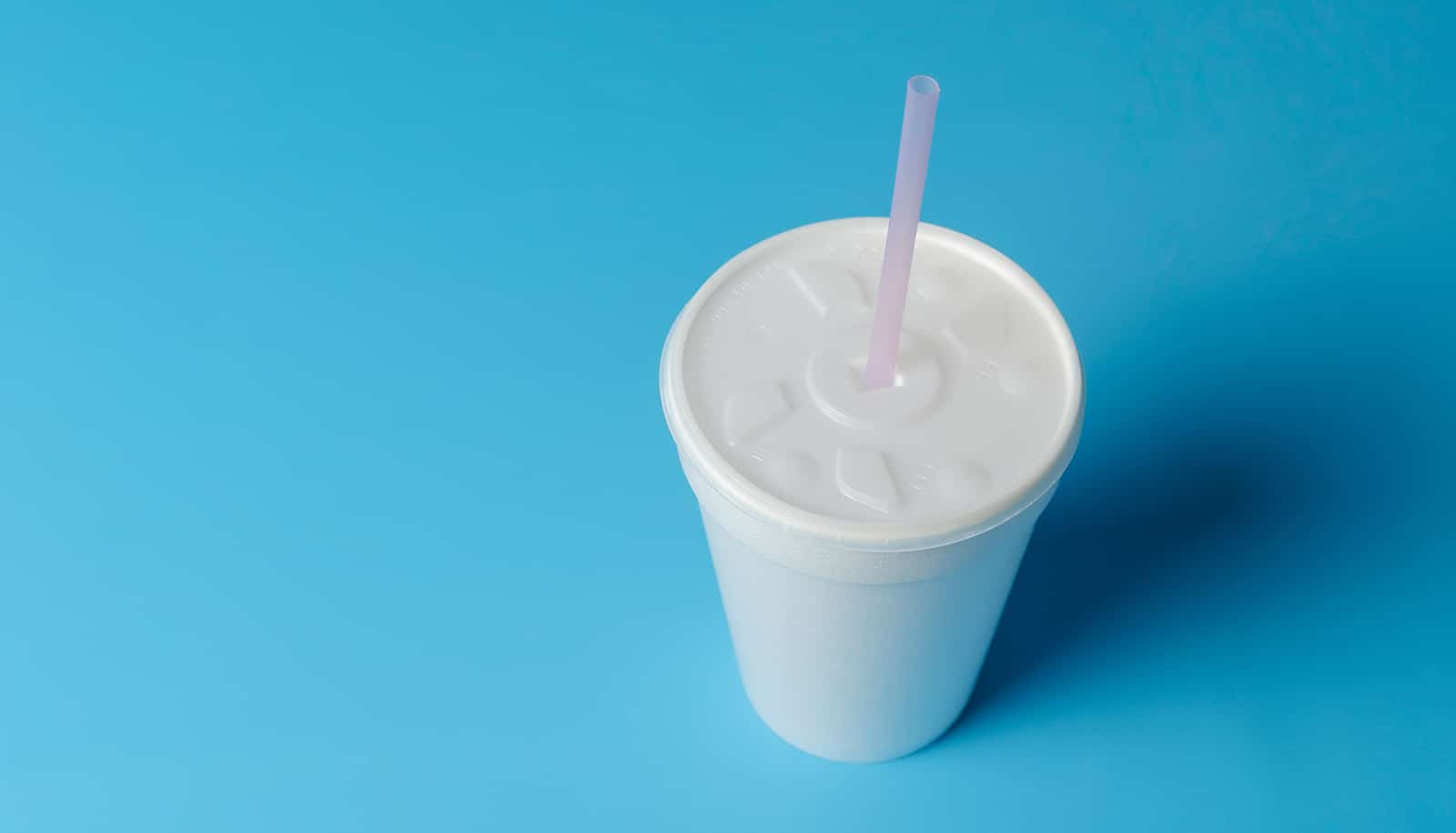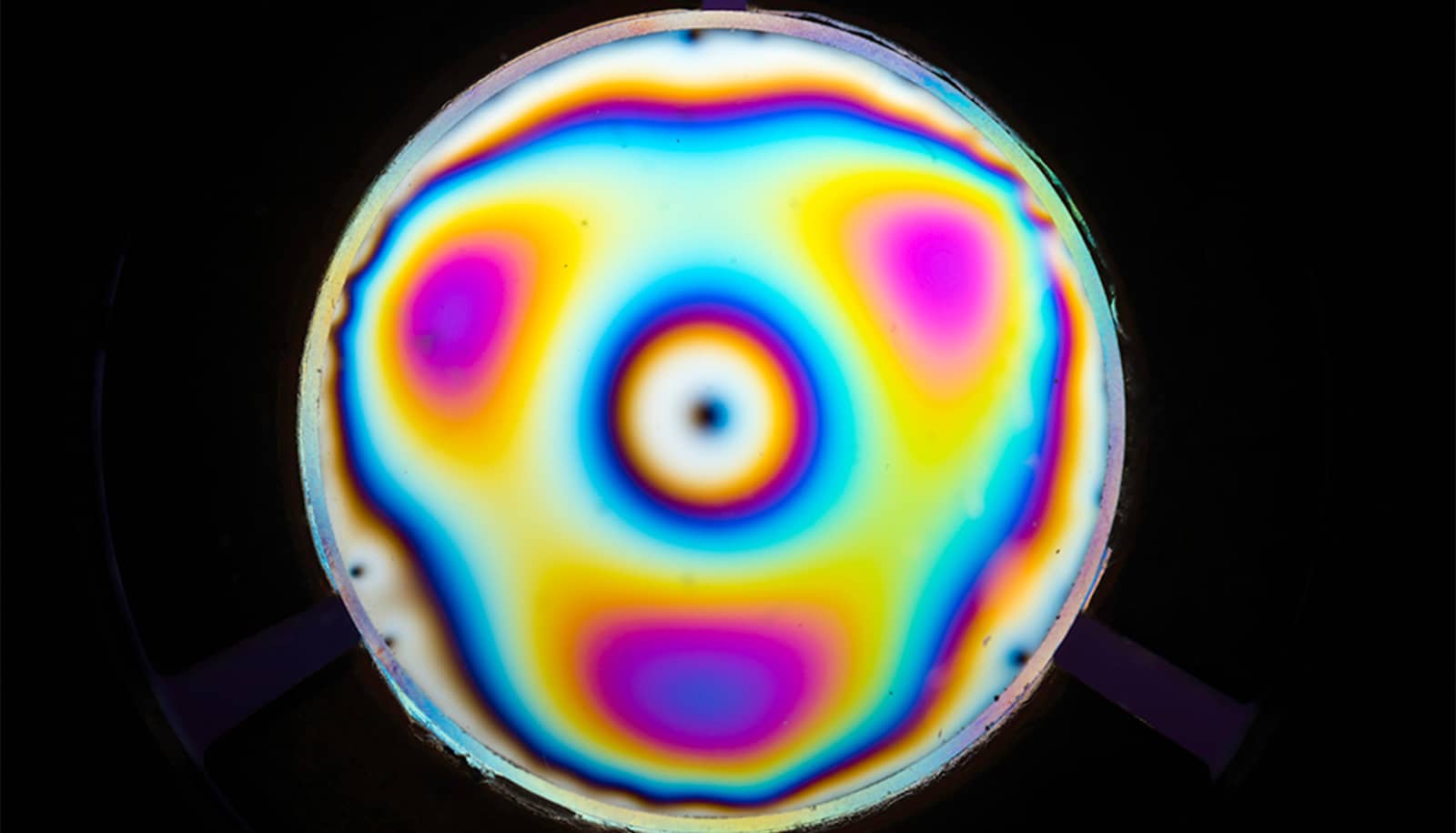Left- and right-handed versions of molecules can be hard to tell apart but can have devastatingly different effects. Scientists are developing an optical filter to sort these molecules, which could lead to purer and safer drugs and agrichemicals.
Depending on the handedness, or chirality, the molecule limonene smells like oranges or turpentine, ibuprofen can be four times more potent, and thalidomide either treats morning sickness or leads to severe birth defects.
“Approximately 50 percent of drugs and 30 percent of agrichemicals are chiral, which means they can be left- or right-handed. Of those, more than 90 percent are sold as mixtures of both handed molecules because it’s so hard to separate them,” says Jennifer Dionne, associate professor of materials science and engineering at Stanford University. The normal chemical methods of separating molecules—to keep the good version and weed out the bad—are expensive, time-intensive, or inefficient.
Dionne’s lab has now shown one approach that holds promise for separating chiral molecules. It involves a nanostructured filter that, when illuminated with a laser, attracts one handed specimen while repelling its mirror image. The team reports this technique in Nature Nanotechnology.
Beams of light
Focused light can change the momentum of an object. This effect has been used to create incredible tools, called optical tweezers, which allow scientists to manipulate particles with highly focused beams of light. Although the idea of tweezing apart chiral forms has seemed appealing, many of the molecules we want to target are too small to be pulled apart by optical forces directly.
Yang Zhao, a postdoctoral fellow in the Dionne lab, overcame that weakness by creating a nanostructure that allows circularly polarized light to interact more strongly with small specimens. The light path in the nanostructure maps a spiral in one direction but not the other. Once the chiral light has passed through this path, it interacts with molecules that complement its shape and pulls those downward.
‘Sieve’ sorts mirror-image molecules for new drugs
The researchers tested their prototype by measuring the forces exerted on chiral specimens. They built a tool called a chiral optical force microscope, which combines the optical tweezers with an atomic force microscope (AFM), a tool capable of resolving the chemical structure of a single molecule.
A chiral AFM tip served as the chiral specimen and, at the same time, mapped out the forces specific to the handedness of the tip. They showed that the optical forces that their tweezers produce are strong enough to separate certain chiral molecules.
How the optical filter will work
The team has not yet tested the tweezers on actual chiral molecules, but Zhao has begun quantifying the forces they are able to apply to DNA and certain proteins. These chiral molecules have a specific handedness in nature but can be either handedness if produced in a lab.
The next step will be assembling their tweezers into a sort of filter that can separate two forms of a drug or other molecules.
“We will put many of these nanostructures on a microfluidic chip where a drug of interest can be introduced,” says Zhao. “If it works as we want it to, we should be able to have the drug separated upon illumination.”
In addition to sorting drugs to make them safer or more effective, the researchers think their tweezers could be put to other uses, such as monitoring the folding or unfolding of a protein or enabling light-mediated synthesis of chiral chemicals.
Coauthors are from Stanford; Cairo University in Giza, Egypt; and FOM Institute AMOLF in Amsterdam, Netherlands.
The Gordon and Betty Moore Foundation, the National Science Foundation, the Air Force Office of Scientific Research, and a European Research Council grant funded the work.
Source: Stanford University



